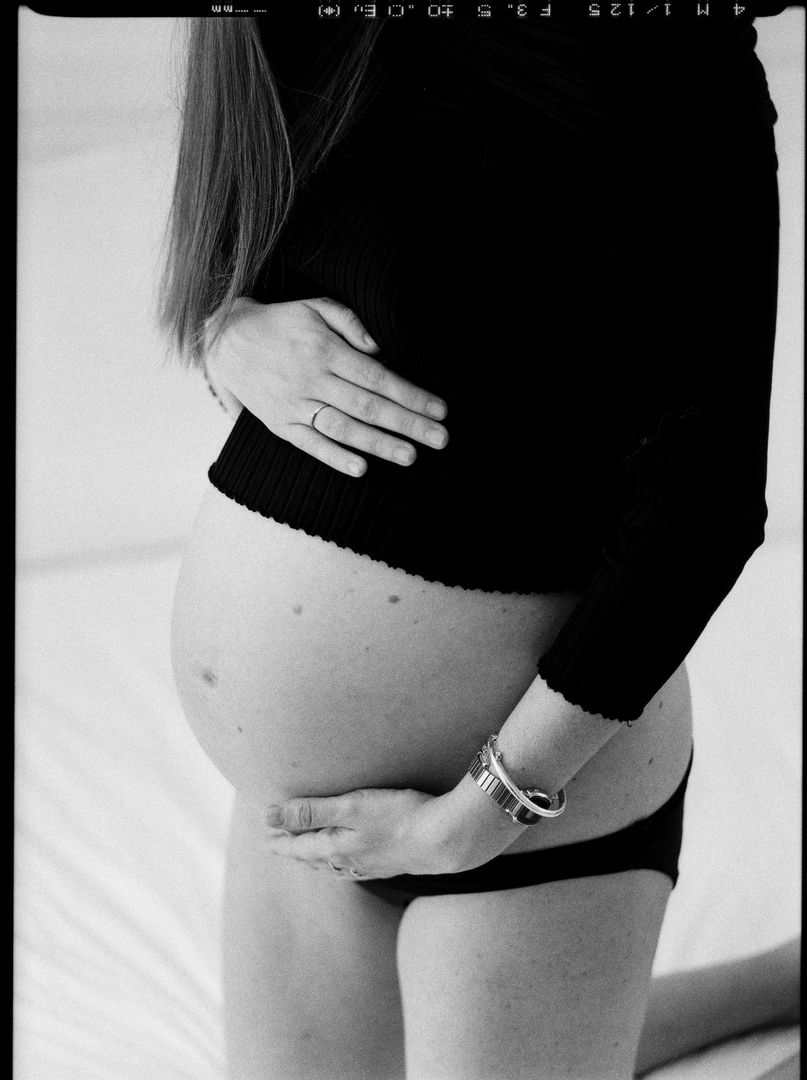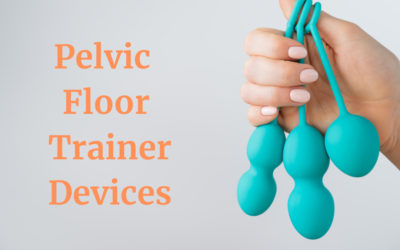After delivery, your kegel muscles are tired. Your pelvic floor muscles take a beating during pregnancy and delivery. There’s really no other way to describe it. During a vaginal delivery, the middle part of the muscle stretches 3.25 times its normal length. To put that in perspective, imagine stretching an average toddler to the height of Shaquille O’Neal. No other muscle in anyone’s body can perform this feat!
Postpartum pelvic damage
After a delivery, there is swelling in the muscle and nearby bones. There can also be subcortical bone fractures, nerve damage, tears in the muscle by the anus, sphincter damage, and parts of the muscle can shear off the pubic bone. More damage happens when there is a longer pushing time, an older mom, the use of forceps, or an episiotomy. While any visible wound is usually healed after 6-8 weeks, it takes much longer for the muscles and nerves to heal and for function to return. You may not be able contract these muscles for a period after your delivery- in some women, it can take longer than 6 months. Why would you start doing kegels after a delivery?
After your delivery, your equipment probably isn’t working right for all of the reasons mentioned above. It can be a frustrating time to start working on your pelvic floor since it may not be working well and you may not be able to tell. Plus there are a lot of other things to manage while you are learning to take care of your new baby and yourself. In my dream world, you would start working on these muscles either before pregnacy or early in your pregnancy. Sound crazy? It isn’t. Listen to my reasons why:
1. Know your kegels (when the muscles are working before delivery)
Lots of us have trouble exercising the pelvic floor. It can be hard to identify the right muscles and get them to work. Starting these exercises when your equipment isn’t functional decreases your chance of success. It makes much more sense to learn about this part of your body and how to make it move before it is recovering from your delivery. And when you are more rested and perhaps have more time. Figure out a routine that you can easily restart after delivery. You can try this on your own, on-line or with a pelvic floor physical therapist. The website mypfm.com has on-line courses and a pelvic floor physical therapist finder.
2. Exercise during pregnancy
This is a little bit of a tangent, but you should be exercising your whole body during pregnancy once your obstetric provider gives you the thumbs up). The American College of Obstetrics & Gynecology recommends that healthy women exercise during uncomplicated pregnancies. You should feel comfortable engaging in aerobic exercise and strength training before, after, and during pregnancy. In general, you can maintain your exercise habits- keep doing what you were doing before pregnancy. As your pregnancy progresses, you may have to modify some activities as your center of gravity changes and your respiratory function changes (as the baby gets bigger it leaves less space for your lungs to take a big breath), but can keep moving. Exercise during pregnancy has all of the usual benefits of exercise and a few unique positives- there is a higher chance of vaginal delivery and a lower chance of pregnancy complications like preterm birth, gestational diabetes, and gestational hypertension.
3. Doing kegels during pregnancy can result in an easier labor and delivery
Surprised? This is true. You may have read that exercising the pelvic floor during pregnancy will make it harder to push the baby out. There is no data to support this idea. However, there is data to suggest the exercising your pelvic floor can result in a shorter time in labor and a shorter pushing time. And stronger pelvic floor muscles do not increase the risk of perineal tearing, episiotomy, the use of forceps or the use of a vacuum.
4. Kegels early in pregnacy result in less leaking after delivery
Pregnant women who don’t leak urine but do pelvic floor exercises early in pregnancy are 62% less likely to leak urine in late pregnancy and have a 29% lower risk of urinary incontinence after delivery. Why would you start kegels when you leak if you could do them earlier and totally avoid the leaking?
Final thoughts
Don’t get me wrong, I do think you should be exercising your pelvic floor after you deliver. I just don’t think you should start then. It really is a hard time to learn about your pelvic floor. And since starting a pelvic floor exercise routine early in pregnancy results in less leaking and possibly an easier delivery, this seems like a much better plan. An ounce of prevention; after all, is worth a pound of cure. If you are interested, more general information about the pelvic floor for new moms can be found at voicesforpfd.
-
Physical activity and exercise during pregnancy and the postpartum period. Committee Opinion No. 804. Obstet Gynecol 2020;135(4):e178-e188
-
Bo K, Nygaard IE. Is physical activity good or bad for the female pelvic floor? A narrative review. Sports Med 2020;50(3):471-84.
-
Woodley SJ, Boyle R, et al. Pelvic floor muscle training for prevention and treatment of urinary and faecal incontinence in antenatal and postnatal women. Cochrane Database Syst Rev. 2017;12:CD007471.






0 Comments